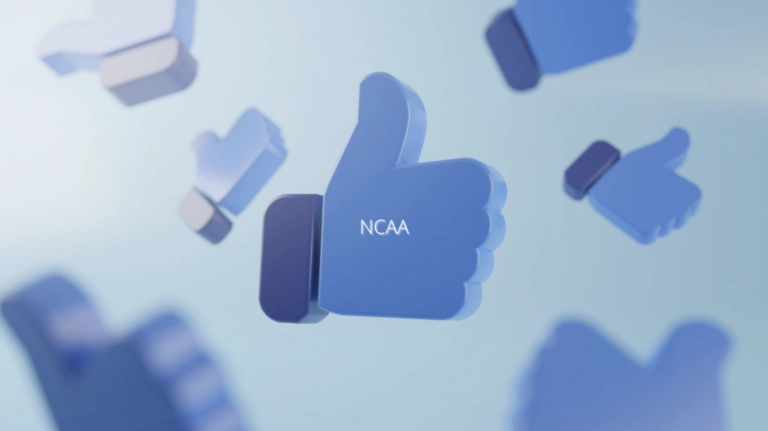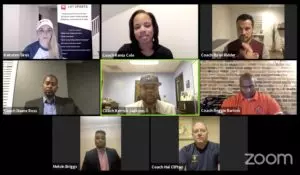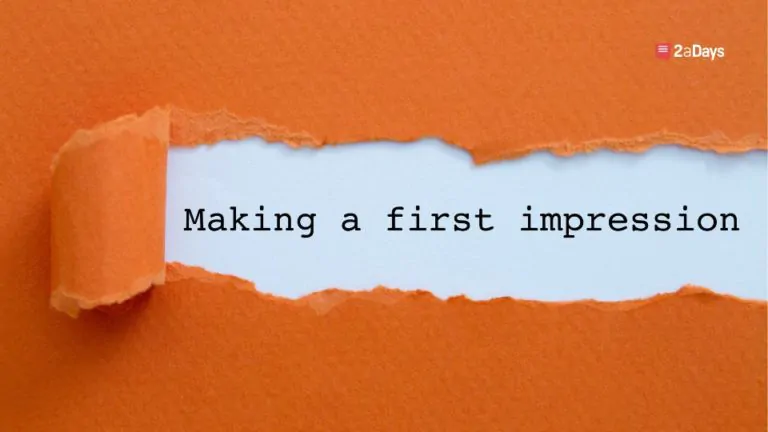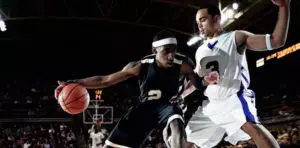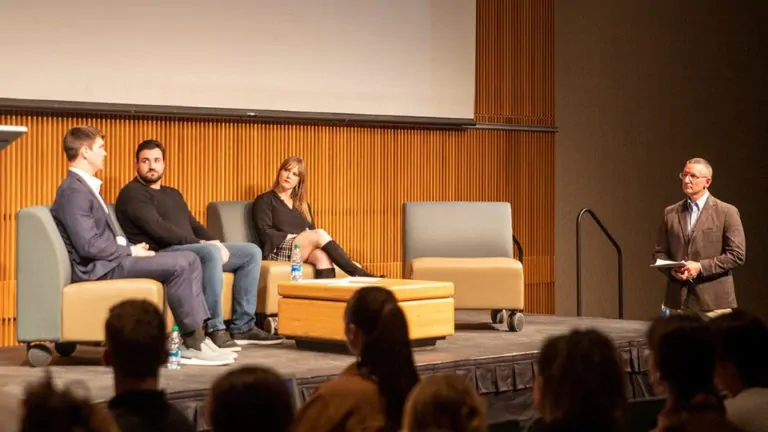As we approach July 1st, which is the date that the name, image, and likeness laws in Alabama and Mississippi are set to go into effect, the NCAA has its sights set on a federal NIL bill. On April 26th, the NCAA released a statement on its website that expressed support of the “Student Athlete Level Playing Field Act,” described by ESPN as “a bipartisan bill that would give college athletes the right to earn money through endorsements and sponsorship deals.” Co-sponsored by Ohio representative Anthony Gonzalez (R) and Missouri Representative Emmanuel Cleaver (D), the bill was originally introduced last September, but it had to be re-introduced within the current legislative cycle, and it came with some key amendments. Paired with the NCAA's stamp of approval, and wrapped in impressive PR, the bill might seem like a winner on the surface, but the reality is more complex.
Before we get into the bill, let's talk about the NCAA's statement of support for it, which contains several inaccuracies that all prospective college athletes should be aware of. The statement reads, in part, “the Gonzalez-Cleaver legislation would create a legal and legislative framework to preserve and enhance the mission of college sports: that students can play the sport they love and earn a degree—often with a full scholarship and no debt—and set themselves up for a lifetime of success.” Although plenty of people believe that college athletes 1.) graduate with no debt, and 2.) graduate with relevant degrees that set them up for “a lifetime of success,” there are a few questions to address here.
Q: Do college athletes really graduate debt-free?
A: About 40% of the time. I've covered the topic for 2aDays before, but contrary to popular belief, the vast majority of college scholarships are not full rides (thanks to NCAA scholarship limits), in spite of the NCAA's current claim that college athletes “often” earn their degrees with the help of a full scholarship. According to online recruiting database, Next College Student Athlete, only about one percent of college athletes earn full-rides. Therefore, there are many gaps in athletes' financial aid that they must either cover through academic scholarships, additional income, or by taking out student loans, and, consequently, reports indicate that over half of college athletes actually do graduate with some form of debt.
While athletic aid is a great way for some students to pay for school, most athletic scholarships function like coupons, offering students discounts on their education (in the form of books, or meals, or tuition, or room and board, but often not all four). Therefore, prospective college athletes should always focus on making good grades, scoring well on standardized tests, and applying for as many academic scholarships as possible while pursuing athletic aid. Coaches like “discount” athletes who won't tap into as much athletic scholarship money and who prove that they are academically disciplined so they won't be an eligibility issue in college.
Q: Do college athletes receive a thorough education, and are NCAA graduation rates accurate?
A: Sometimes, and not entirely. The NCAA's statement implies that all college athletes earn degrees that are relevant to their success, and while that's certainly the case for some (it was for me!), not all college athletes graduate with useful degrees, and plenty don't graduate at all. The NCAA's Graduation Success Rate (GSR) scores almost always come out higher than the rates of non-athlete college students, which looks great on the outside (like this impressive 90% GSR from 2020), but the metric is fundamentally flawed. Unlike federal graduation rates, the NCAA's GSR doesn't penalize colleges when athletes transfer if they do so in good academic standing, even if athletes end up dropping out, which inflates the statistic. The NCAA knows this and has stated that according to federal graduation rates, college athletes and non-athlete students graduate at similar rates (69%), but it chooses to advertise its flashier GSR instead.
Furthermore, because Bylaw 14.8 of the NCAA's Division 1 Manual states that teams can be banned from postseason participation if they do not meet the NCAA's annual academic requirements, college athletes are often pushed to pursue easier degrees in order for their teams to stay eligible. When over 25% of athletes on a team pursue a single degree, they are said to “cluster,” around that degree, and clustering is a common practice in college sports—a USA Today report of 654 Division 1 teams indicated that 83% of the schools surveyed had at least one team with an academic cluster, and 33% had two teams with clusters. While clustering isn't necessarily bad (lots of athletes naturally gravitate towards degrees like kinesiology or sports management), clustering around a degree because of coach pressure is something recruits need to be aware of because there are case studies from athletes who claim their coaches pushed them to pursue irrelevant degrees or easy classes in order to stay eligible. An easy way for athletes to screen schools for clustering practices is to look at team rosters online because they typically list athletes' majors along with their athletic stats—if a sizeable portion of the athletes are pursuing a single degree, be sure to ask the coach and the athletes why on recruiting visits.
Q: What's wrong with the Gonzalez-Cleaver bill?
A: First, the Student-Athlete Level Playing Field Act contains several key endorsement restrictions, including products like tobacco and alcohol, and “wearing any item of clothing or gear with the insignia of any entity during any athletic competition or athletic-related university-sponsored event.” So if an athlete wants to be sponsored by Nike and wear shoes during his/her athletic events, the school has the right to say “no” (which is likely if the school is sponsored by a competing company like Adidas or Under Armor). Although the athlete would be free to promote the brand as a social media influencer, or through other forms of advertising, this is far from a true free market.
Next, although the NCAA claims that the bill will “strengthen the college athlete experience and support the NCAA and its members to modernize name, image and likeness rules,” aside from loosening endorsement restrictions the bill isn't likely to modernize NIL rules all that much thanks to a section on page 12, which reads in part: “Nothing in this Act or the amendments made by this Act shall provide a cause of action pursuant to the Sherman Act,” which basically acts as an antitrust exemption. In short, antitrust laws exist to prevent businesses from engaging in practices that restrict fair trade like monopolizing and price-fixing (and arguably denying college athletes rights to the free market, too). This sentence could give the NCAA a lot of power in determining NIL rules in the future, plus legal protection, with federal backing. And although the bill currently allows college athletes the right to enter into endorsement deals without punishment from their schools, the bill could be amended, and if the NCAA is working with Congress on this one, it's unlikely to alter its current collegiate model all that much, especially because “Nothing in this Act or the amendments made by this Act shall affect the employment status of a student athlete,” which legally codifies college athletes' non-employment status, and maintains the norms the NCAA was founded on.
The name, image, and likeness landscape is constantly changing. Keep up with 2aDays to stay on top of the news cycle.
Katie Lever isn't a lawyer (so her articles don't constitute legal advice), but she is a former Division 1 athlete and a current doctoral student at the University of Texas who studies (and tweets about) NCAA discourse. Follow her to keep up with the NCAA on Twitter and Instagram: @leverfever.
* Originally published on April 29, 2021, by Katie Lever, Ph. D

